Flying is one of the most efficient ways to get from one destination to another, and despite the many hassles some of us complain about at airports, flying is simply put, fun.
Let’s start with the basics about how airlines and alliances work, because knowing this will help you accrue miles and understand the perks of flying.
To list every commercial airline is nearly impossible. In order to cover the majority of readers, and the majority of flying most of us we’ll do, we’ll stick to the airlines and partners of the three major airline alliances: Oneworld, Star Alliance and SkyTeam. There are three major airline alliances that the biggest airlines of the world belong to. These alliances have ticketing rights amongst their partner airlines, accrue miles on their partner airlines and often have elite benefits on their partner airlines.
The Star Alliance is the largest of the three.
- Aegean Airlines
- Avianca
- TACA
- EVA Air
- South African Airways
- Air Canada
- Brussels Airlines
- LOT Polish Airlines
- SWISS
- Air New Zealand
- Copa Airlines
- Lufthansa
- TAP Portugal
- ANA
- Croatia Airlines
- Scandinavian Airlines
- THAI
- Asiana Airlines
- EGYPTAIR
- Shenzhen Airlines
- Turkish Airlines
- Austrian
- Ethiopian Airlines
- Singapore Airlines
- United
SkyTeam is the second largest, concentrating a majority of their hubs in Europe.
- Aeroflot
- Alitalia
- Delta Air Lines
- Middle East Airlines
- Aerolíneas Argentinas
- China Airlines
- Garuda Indonesia
- Saudia
- Aeromexico
- China Eastern
- Kenya Airways
- TAROM
- Air Europa
- China Southern
- KLM Vietnam Airlines
- Air France
- Czech Airlines
- Korean Air
- Xiamen Airlines
OneWorld is the smallest of the three alliances, however still has a very large route network.
- airberlin
- Finnair
- TAM Airlines
- Royal Jordanian
- American Airlines
- Iberia
- Malaysia Airlines
- S7 Airlines
- British Airways
- Japan Airlines (JAL)
- Qantas
- SriLankan Airlines
- Cathay Pacific
- LAN
- Qatar Airways
Not included in one of the three major alliances, the following airlines are partners of many of the above airlines.
- Aer Lingus
- Air Tahiti Nui
- Hawaiian Airlines
- Virgin Atlantic
- Air Dolomiti
- Alaska Airlines
- Jet Airways
- Virgin Australia
- Air India
- Bangkok Airways
- Luxair
- Air Malta
- Condor
- Virgin America
STEP 1: Sign up for airline loyalty programs.
Finding a major alliance is key to having stream less travel. My suggestion is to find the airline that you’ll find the most, and the route network you prefer the most, and stick from there. My suggestion is to join all of the major airline loyalty programs – when you start using credit cards and transferrable rewards, you’ll need the flexibility of putting miles in various accounts, with have various benefits.
- United Airlines MileagePlus
- American Airlines AAdvantage
- British Airways Executive Club (Avios)
- Alaska Airlines Mileage Plan
- Delta Airlines SkyMiles
- Southwest Rapid Rewards
- Jet Blue True Blue
- Air Canada Aeroplan
- Air France/KLM Flying Blue
- ANA Mileage Club
- Cathay Pacific Asia Miles
- Qantas Frequent Flyer
STEP 2: Sign up for deal alerts.
I highly recommend on signing up for the email alerts on airfarewatchdog.com, and theflightdeal.com. Here, you’ll get notices based on preferences you enter for great airfares out of the airports you select. This is the best way to stay on top of cheap fares, and while signing up for an airline’s deal alerts can be useful, the majority of deals you will find will be outside of this channel.
STEP 3: Search for availability and pricing.
I use three primary ways to find availability and pricing for flights, aside from getting a deal alert from Airfare Watchdog or The Flight Deal.
First: The obvious way, search for pricing on the airline’s website.
Second: Search for the flights on kayak.com, or hipmunk.com. This will allow you to compare multiple flights, and multiple airlines.
Third: If you want current flight pricing, want a more thorough comparison of options, and want to compare a larger array of dates, and possible pricing if you’re flexible, check out ITA Matrix. This is perhaps the best way to search for availability, and trips for dates where I may not necessarily be set on traveling.
STEP 4: Enjoy the benefits.
How do I get those extra perks when flying?
We all like to sit in those big First Class seats, those extra legroom exit row seats when flying Economy, the option to speed through security through the premium line, and other extras. To do this there’s two options: Have a co-branded credit card, or earn elite status.
Method 1: Get a co-branded card for the airline. By having an airline’s co-branded credit card, you’ll automatically have some elite perks either by simply holding the card, or spending a certain threshold on the card. In the US, for the three major airlines, Delta partners with American Express, United with Chase, and American with Citi. With credit cards, you’ll often get a free checked bag, priority check-in, and bonus miles when using the credit card to book your ticket.
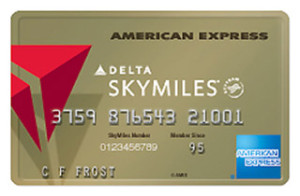
Delta co-branded American Express
Method 2: Get elite status. This is by far the best way to get those coveted benefits on the airlines. While it’s sometimes the hardest to get, it’s worth it in the end. Pick a loyalty program, and stick with it. Choose that loyalty program based upon the airline and route it flies, but also by the perks associated with that status. Each airline, and each tier level within the airline’s loyalty program will offer different things. The more you fly, the higher status level you’ll get. The higher status level, the more perks you’ll get. In addition, by earning status on one airline, you often receive similar or reciprocal benefits on other airline’s within the home airline’s alliance. So, for example, by flying and having status with American Airlines here in the US, you will receive some similar benefits on British Airways when flying them.

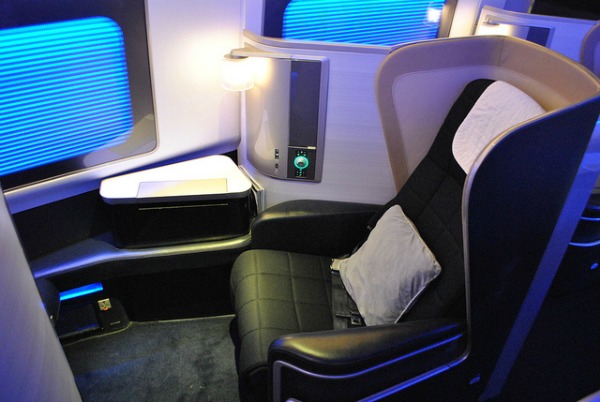
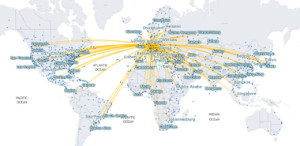

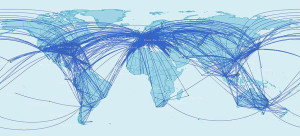
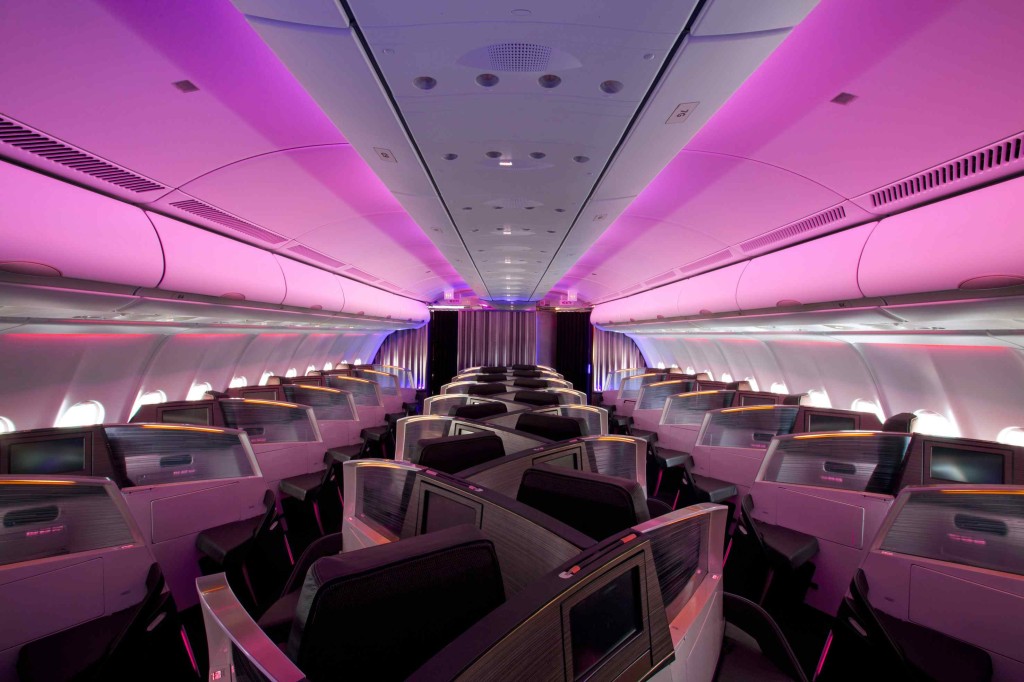
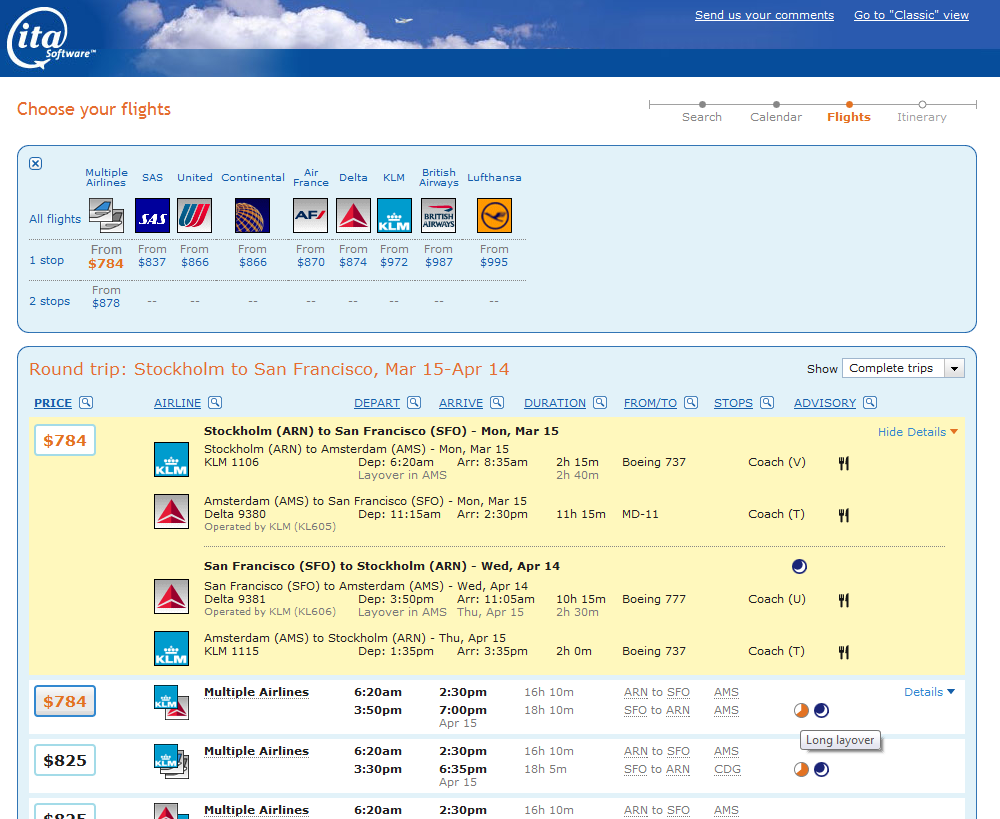
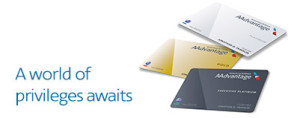

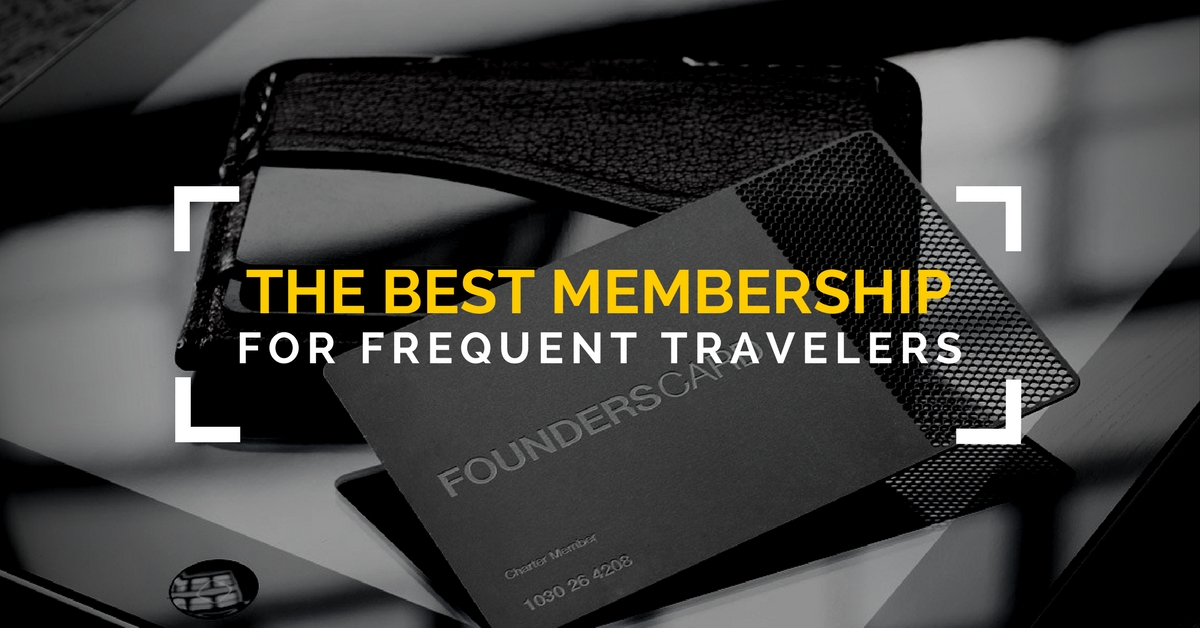
 Jamie Larounis is an avid traveler, blogger and miles/points educator. Traveling well over 100,000 miles a year and staying in hotels for over 100 nights, he leverages miles, points and other deals to fly in first class cabins, and stay in 5-star hotels. The Forward Cabin shares his experiences, musings, reviews, tips, tricks, resources and industry news with you, the fellow traveler.
Jamie Larounis is an avid traveler, blogger and miles/points educator. Traveling well over 100,000 miles a year and staying in hotels for over 100 nights, he leverages miles, points and other deals to fly in first class cabins, and stay in 5-star hotels. The Forward Cabin shares his experiences, musings, reviews, tips, tricks, resources and industry news with you, the fellow traveler.
Leave a Reply